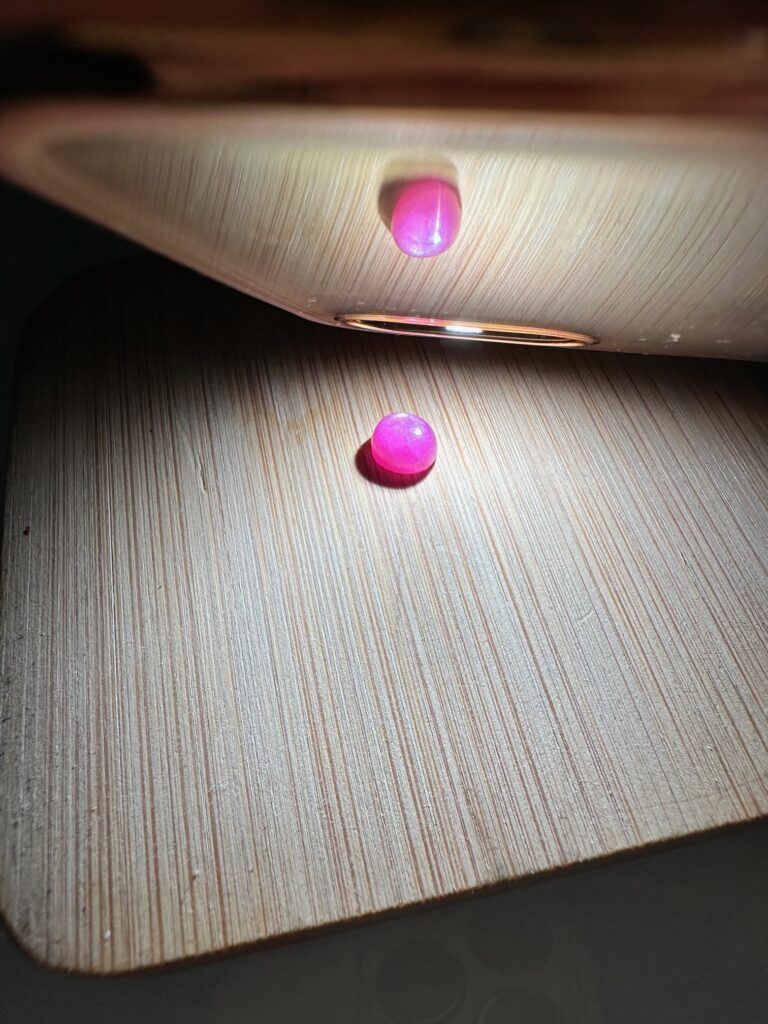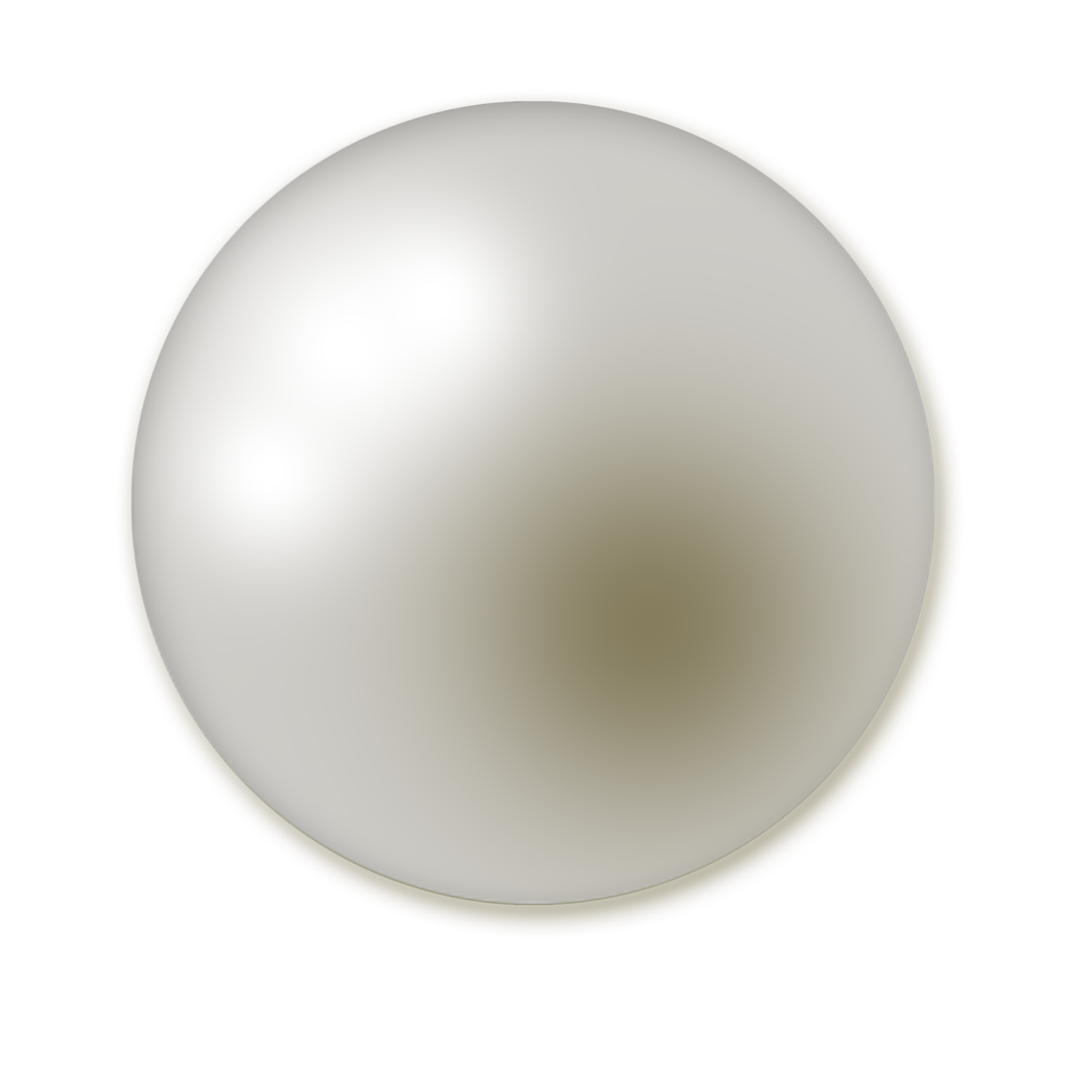Ruby is a beautiful red mineral stone that is highly sorted after, for jewelry. In Sanskrit, ruby is known as ratnaraj, which means the king of gems. The worlds most fabulous ruby gems are found in Mogok valley in Myanmar.
Facts on Ruby
Ruby is red in colour and is corundum. Ruby is made up of chemical composition of Al2O3. Its refractive index is 1.762 to 1.770 and birefringence of 0.008 to 0.010. It has MOHs hardness of 9 and specific gravity of 4 (+- 0.05).
In its purest form, the mineral corundum is colourless. Chromium is the trace element of the mineral’s crystal structure that causes ruby to be red in colour, ranging from orangy red to purplish red. Ruby command very high per carat price in the gemstone world.
The strength of ruby’s red depends on how much chromium is present, the stronger the chromium the stronger the colour red. Chromium also causes fluorescence and adds intensity to the red colour and increase in value.
Rubies in Myanmar and northern Vietnam are typically formed in marbles. Marble-hosted rubys usually lack iron and this adds the intensity of the colour red. Marble forms as part of the metamorphic (rock-altering) process, when heat and pressure from mountain formation act on existing limestone deposits.
In other locations, rubies can be found in basalt rocks. Rubies from these sources can have higher iron content, which can make the rubies darker and less intense in color. Higher iron content in the chemical makeup of a ruby can also mask the red fluorescence, eliminating that extra glow of red color seen in marble-hosted rubies.

Ruby is the birthstone for those born in the month of July and is also the root chakra stone.
Treated Rubies
Ruby that is sold for jewelry has usually gone through treatment processes. One of the most common treatment for rubies are fracture or cavity filling with glass. Rubies are usually glass filled to reach the fractures or cavities of the stone to improve the clarity and appearance of the gem.
Synthetic Rubies
Other than treatment, there are also synthetic rubies that are lab grown. Synthetic rubies usually shares the same chemical composite of the natural gems.
Synthetic corundum, which includes ruby and sapphire, can be created using many different processes. Hence, we can find many rubies or synthetic corundum that range from very affordable to very expensive price ranges.
In the late 1800s, ruby became the first gem created by Auguste Verneuil in a lab. He used the flame-fusion process to make the beautiful rubies gem.
Imitation Rubies
In addition to treated rubies and synthetic rubies, there are also imitation rubies. Imitation are usually man made to imitate ruby.
Synthetic spinel is usually used to mimic rubies or sapphires, depending on its colour. Colourless quartz subjected to thermal shock creates tiny fractures in the stone and dye is injected into the stone to make them look like rubies or emerald.
Sometimes, it is not easy for one who is not gemologists to identify the types of stones or rubies that you purchase.
Getting rubies from jewelry retailers can be expensive, regardless of the types of rubies used. If you need to verify and identify the types of treatment and stone that you own, you may also consult our gemologists at affordable prices.
